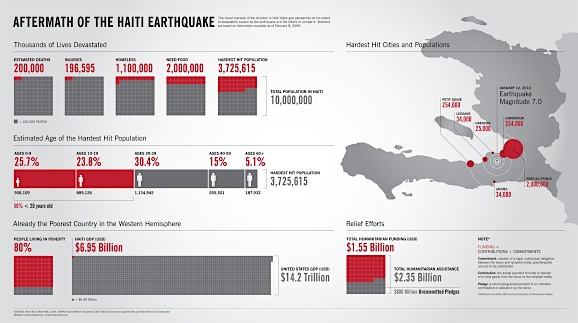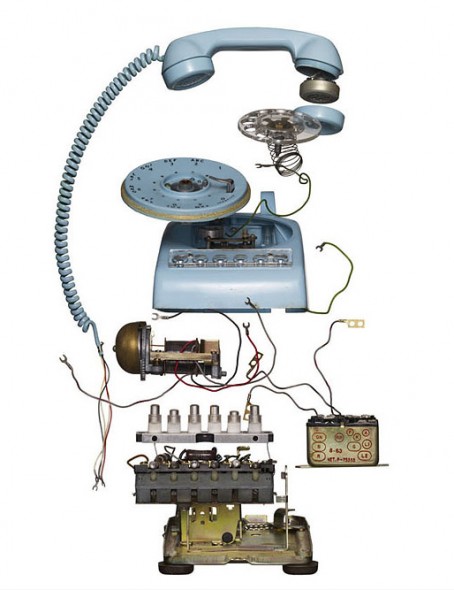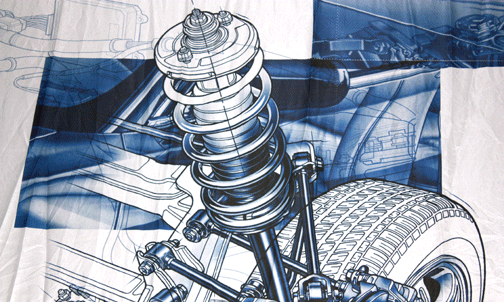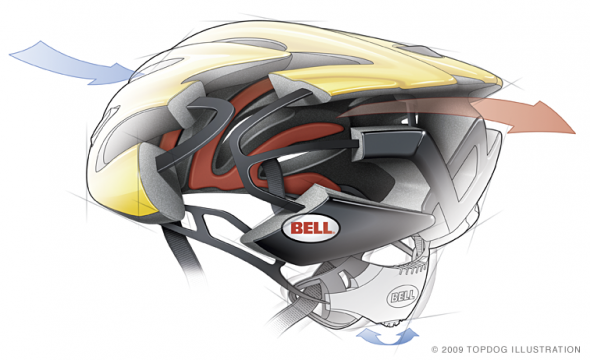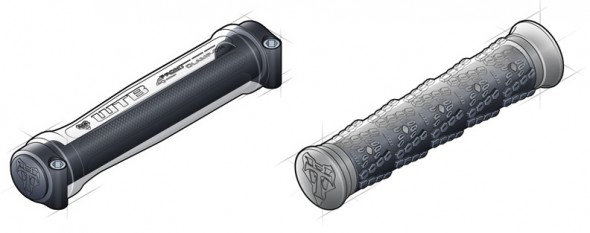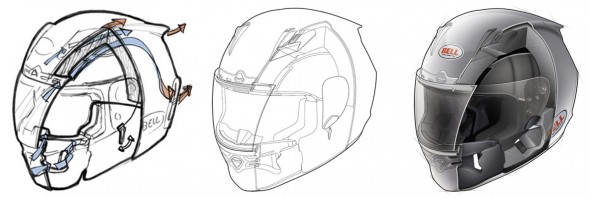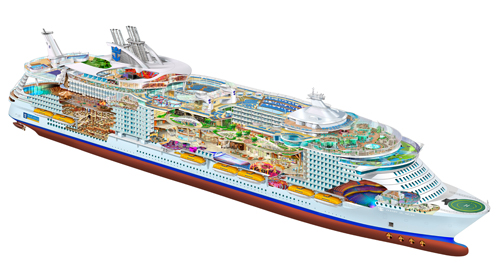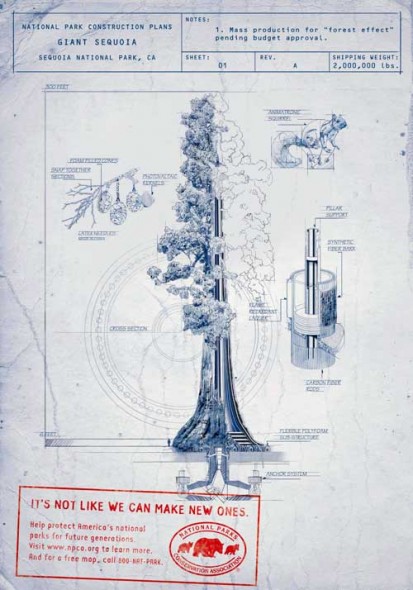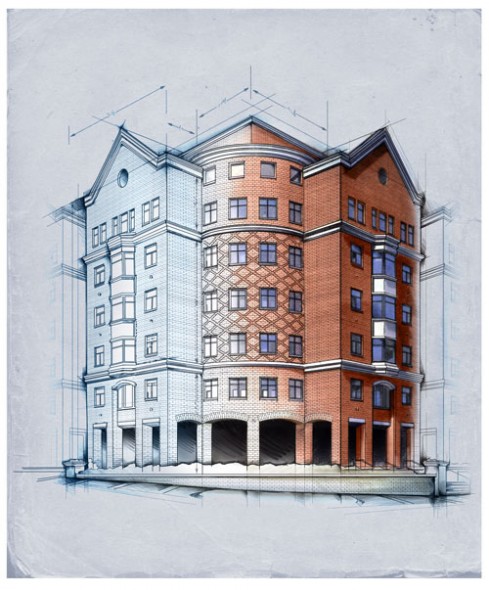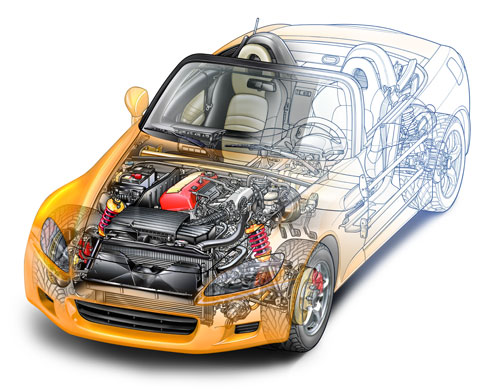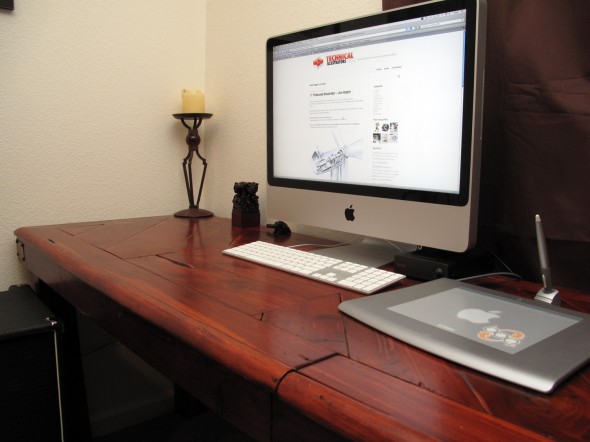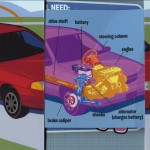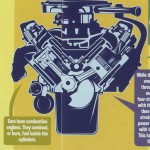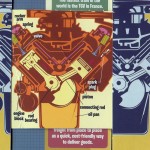Web-magazine GOOD, well known for their Transparency infographics, recently held a contest for readers to visually communicate information about the tragic earthquake in the Republic of Haiti. The scope and content was up to the contestant, and the prize was simply recognition.
The winning entry is above. You can see all the entries at higher resolution at GOOD.
What do you think? How can technical illustrators use their talents for good? Is this philanthropic or shameless self-promotion? Let us know what you think in the comments.
